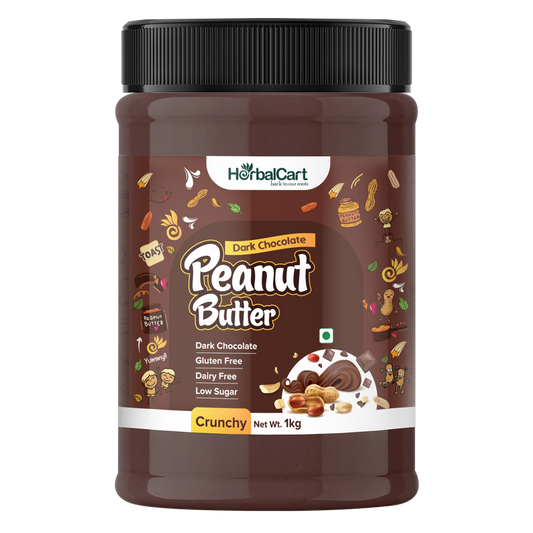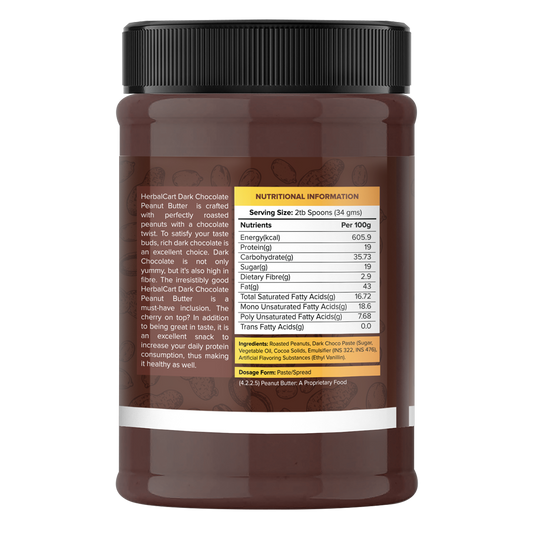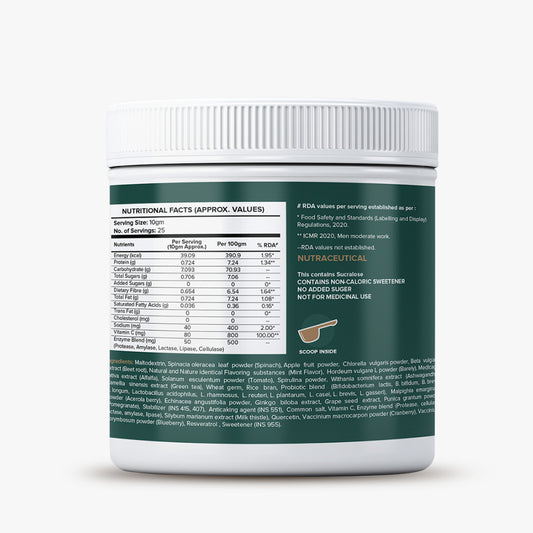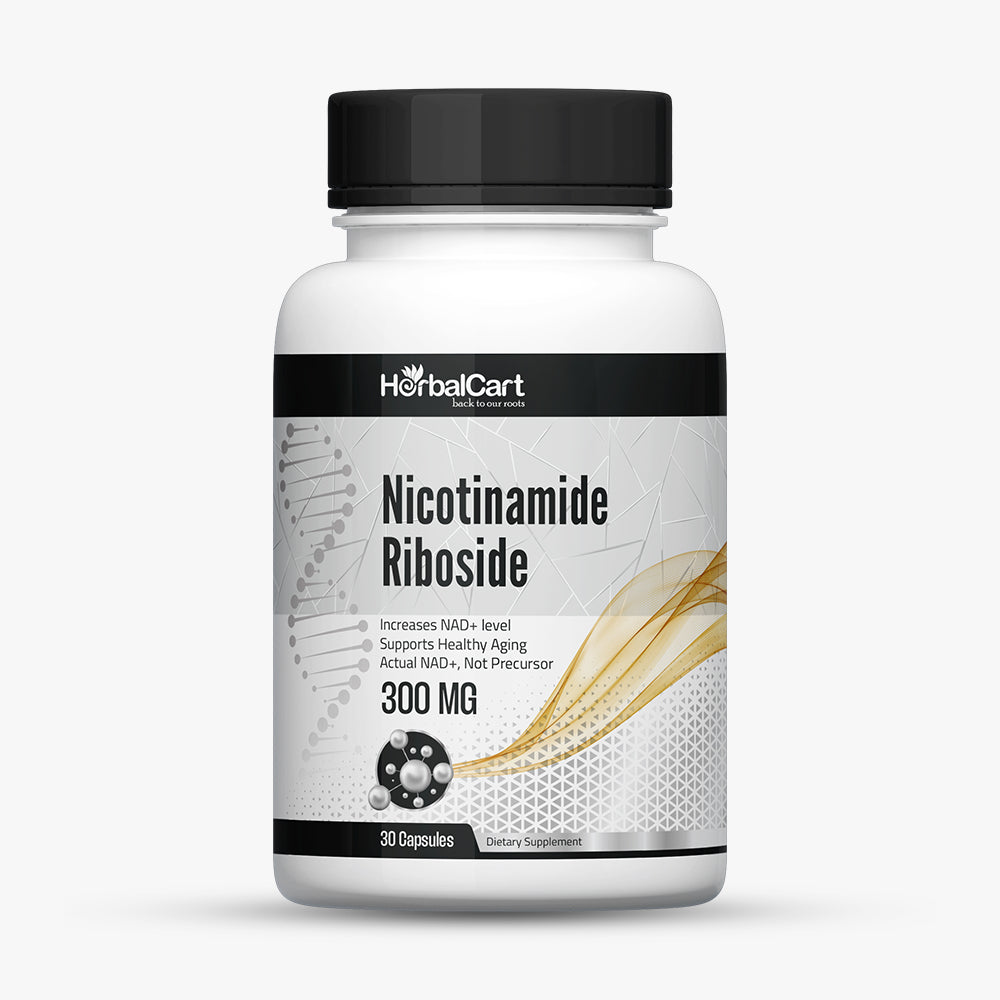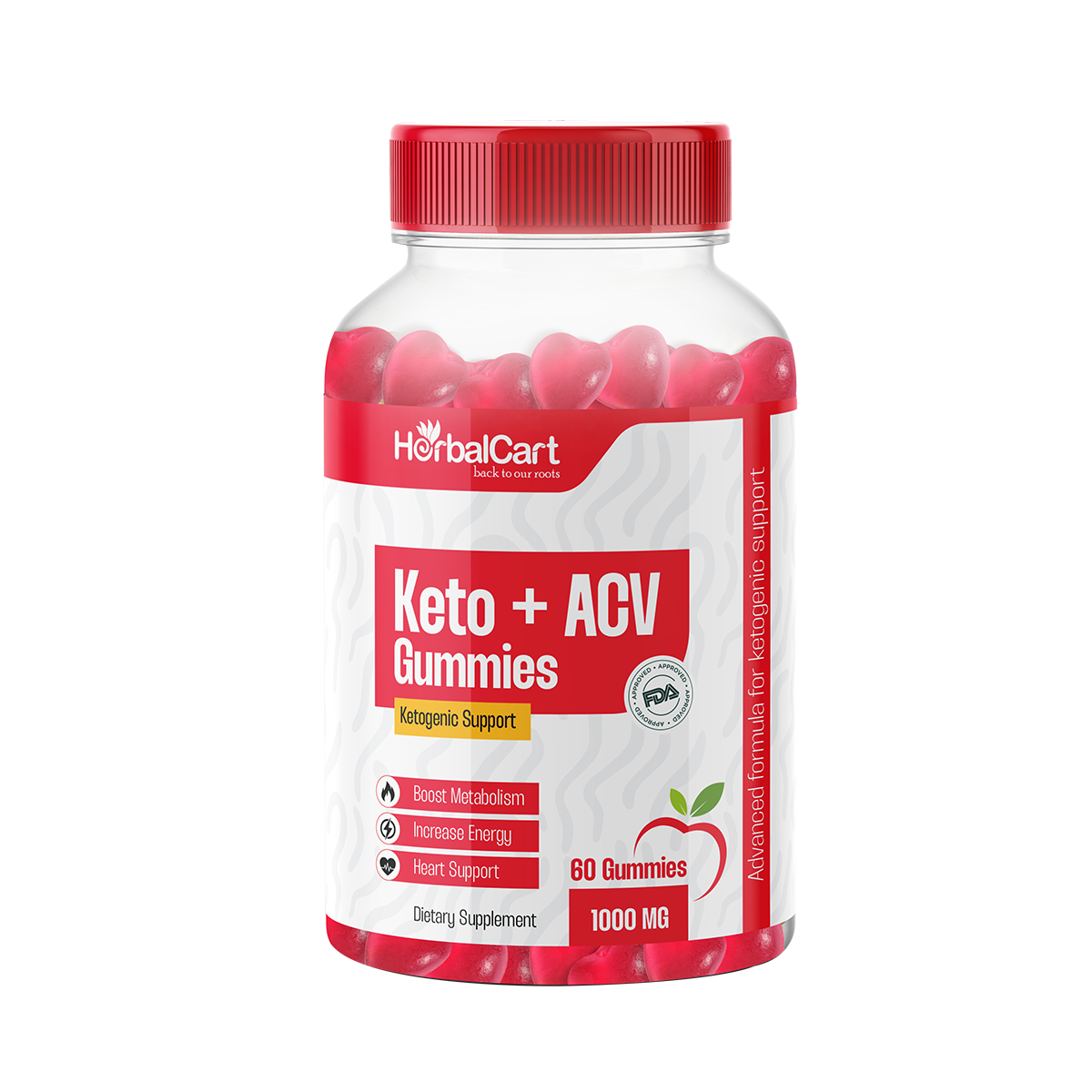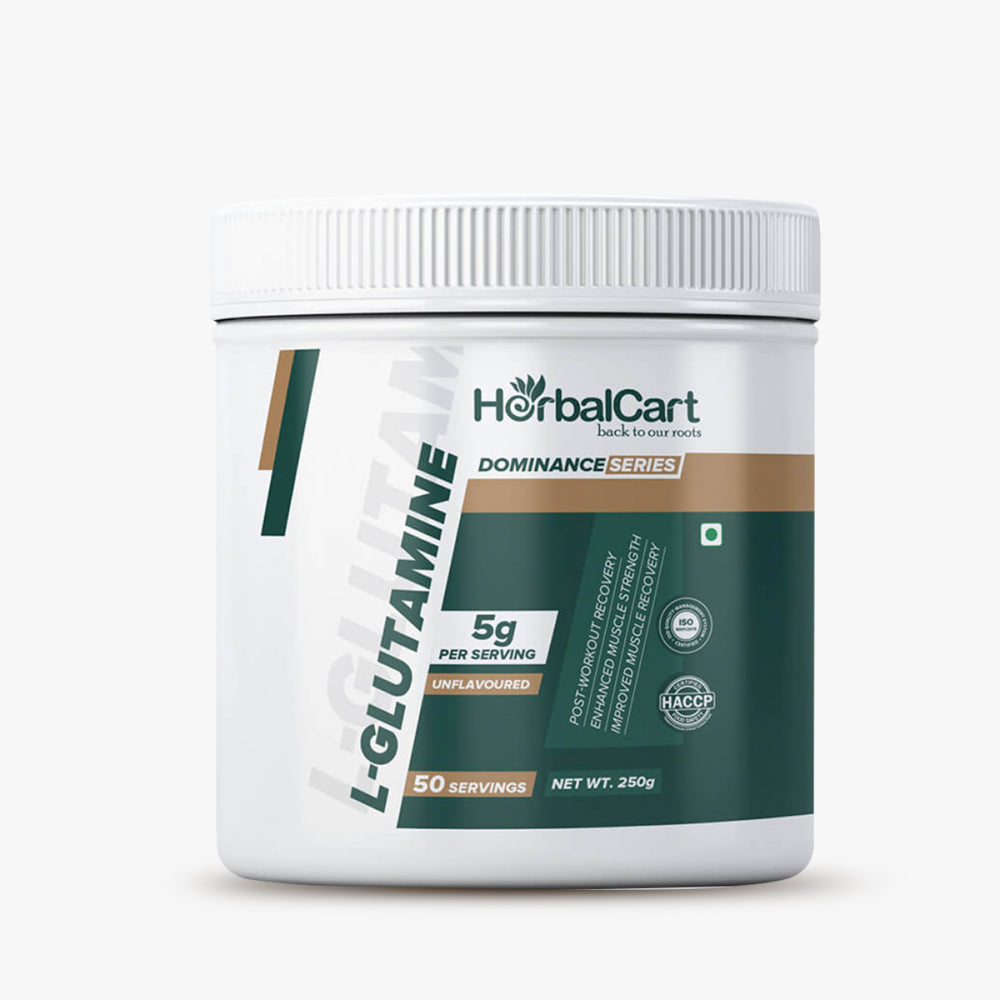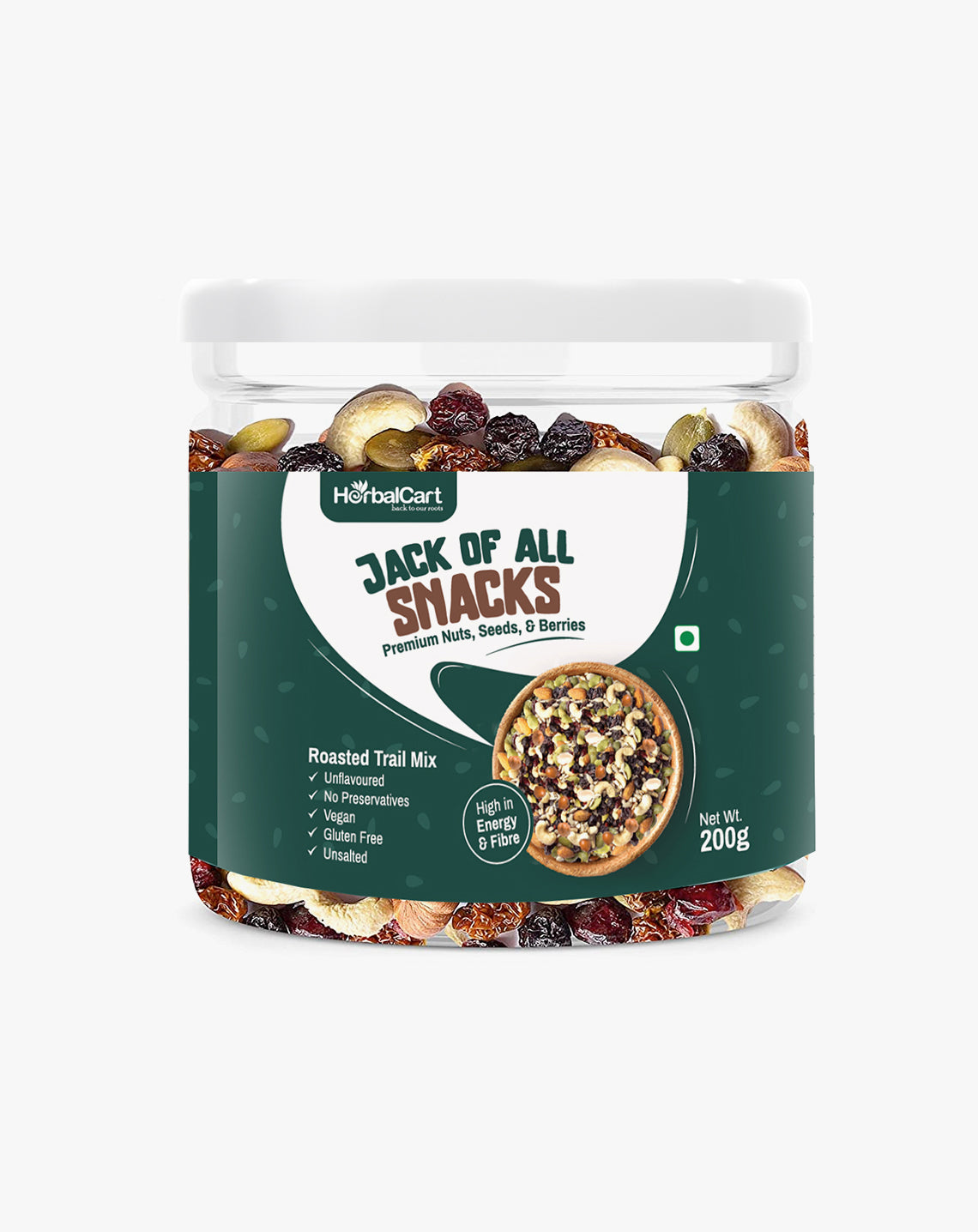Disclaimer: Rapid weight loss may lead to certain health risks, including slow metabolism, muscle loss, and nutrient deficiencies. Before changing your diet drastically or changing your exercise routine, consult a healthcare professional.
Let’s talk honestly. You typed "how to lose 30 pounds in a month" because you want results. You want to feel lighter. You want your clothes to fit better. You want your energy to come back, and your confidence to stop waiting. You’re not just chasing a number. You’re chasing a change. Something that finally sticks.
This guide is for people who are ready to take that seriously. Not with shortcuts. Not with starvation. But with structure and straight answers. Because your body deserves better than another crash plan that fades out after two weeks, this is about showing you what works and helping you stick with it.
If 30 pounds sounds like a mountain, you’re not alone. But every pound lost with a clear plan adds up faster than you think. Here’s how to stay motivated without burning out or hitting a wall.
Is It Really Possible to Lose 30 Pounds in 30 Days?
Technically yes. Losing that much weight in a month would mean creating a daily calorie deficit of over 3,000. That is not just difficult. It is dangerous.
Health experts, including registered dietitians at Healthline and Oviva, agree that aiming to lose one to two pounds per week is a safe and sustainable approach. That may not sound dramatic, but it is the pace that helps your body stay strong while the fat drops off.
If you are trying to lose weight quickly for a medical reason or a significant event, ensure your plan prioritizes protecting your muscle mass, maintaining your hydration levels, and supporting your long-term metabolism.
What to Do First Before You Start Cutting Calories
Most people believe that losing weight begins with eating less. However, the first step is to understand what you are currently eating.
Track three whole days without changing a thing. Be honest. See how many calories you are taking in, where they are coming from, and how often you are eating out of habit, not hunger.
This information is more important than any meal plan. It shows you where to cut and where to swap. You are not guessing anymore. You are working with real data.
Next, establish a realistic daily calorie goal based on your height, weight, age, and level of physical activity. Most adults aiming for steady weight loss fall somewhere between 1,200 and 1,800 calories per day, depending on their body and goals.
Smarter Nutrition Without Feeling Deprived
Try structuring your eating plan around these practical actions:
• Focus on high-volume, low-calorie foods like leafy greens, zucchini, cauliflower, and berries
• Choose lean proteins such as chicken, tofu, fish, eggs, and low-fat dairy to stay full longer
• Use complex carbs like oats, quinoa, and sweet potatoes in moderate portions
• Include healthy fats, but measure them to avoid excess calories
• Eliminate sugary drinks like soda, juice, and sweetened coffee
• Prepare meals ahead of time to avoid impulsive eating
• Drink plenty of water, especially before meals
How to Train Your Body to Burn More Fat
A balanced training routine boosts fat loss and preserves lean muscle:
• Do cardio like brisk walking, cycling, or swimming five days a week
• Strength train three times weekly, focusing on compound exercises like squats, pushups, and rows
• Incorporate interval training with short bursts of effort followed by recovery
• Stay active between workouts by walking, stretching, or standing every hour
Managing Your Mindset and Energy
Your mental habits influence your physical consistency:
• Get at least seven hours of sleep each night to manage cravings and stay energized
• Write down what you eat, how you feel, and what you notice daily
• Avoid comparing your journey to others online
• Set clear goals and realistic timelines that keep you focused
• Don’t restrict food after a slip. Instead, reset with your next meal
The Risks of Losing Weight Too Fast
Trying to lose 30 pounds in one month without medical supervision can result in muscle loss, low energy, mood swings, nutrient deficiency, gallstones, and slowed metabolism. Rapid weight loss also increases the likelihood of regaining it all quickly once you return to a regular eating pattern.
Instead, use this month to get serious about the habits that create lasting results. You may not lose 30 in 30, but you can make visible progress that lasts far beyond a single deadline.
A Realistic Timeline That Still Delivers
If you consistently lose one to two pounds a week, you could lose 30 pounds in three to four months. That is the kind of change that shows up everywhere, from the scale to your energy to the way your clothes fit.
Some people experience a more significant drop in the first week due to water loss, especially if they eliminate excess carbs and salt. Let that early win motivate you, but do not chase it every week.
The key is to keep showing up. Results multiply when you stop stopping.
Sample Day That Works
This sample day provides structure, balance, and nutrient density to support weight loss and maintain energy throughout your routine.
Breakfast
Oats cooked with water or almond milk.
Add chia seeds, cinnamon, and a scoop of Greek yogurt.
Top with berries for fiber and antioxidants
Mid-Morning
A glass of water with lemon
A handful of almonds or a boiled egg if hungry
Lunch
Grilled chicken or tofu for lean protein
Quinoa or brown rice in a moderate portion
Spinach, tomatoes, and cucumbers with olive oil and lemon juice
A cup of water or unsweetened green tea
Afternoon Snack
Low-fat cottage cheese with sliced cucumber
An optional boiled egg or a small piece of dark chocolate
Dinner
Stir-fried vegetables with tofu or shrimp
Base of cauliflower rice or zucchini noodles
Season with garlic, ginger, and low-sodium soy sauce
Post-Dinner
Light stretching or a 15-minute walk to support digestion
Chamomile tea to relax and help wind down for better sleep
This sample supports a calorie-controlled approach that does not compromise satisfaction or nutrition.
What to Remember as You Go
Keep these guiding points in mind:
• Progress builds from habits, not perfection.
• Nourish your body every day with better food, better rest, and regular movement
• Measure progress with photos, how your clothes fit, and how you feel
• Stay consistent even when motivation fades
You do not need to be perfect to see results. You need to stay in motion. Eat well, move daily, sleep deeply, and track your progress in multiple ways. Use photos, measurements, and how your clothes fit, not just the scale.
Read more: Lose 15 Pounds in 2 Weeks - A Complete Guide
Frequently Asked Questions About Losing 30 Pounds
What is the safest way to lose 30 pounds in a month?
A safer and more effective method involves a structured plan that focuses on a daily calorie deficit of 500 to 1,000 calories through balanced eating and regular physical activity. This typically results in a weight loss of four to eight pounds per month, which is both sustainable and supportive of health.
Can you lose 30 pounds in a month without exercise?
It is possible, but unlikely and unhealthy. Losing that amount of weight without movement puts muscle mass and metabolism at risk. Movement supports fat loss, preserves strength, and improves energy balance.
What is the best diet to lose 30 pounds quickly?
There is no single best diet, but a whole-food approach with a balance of high protein, moderate carbohydrates, and healthy fats is proven to support consistent weight loss. Avoid overly restrictive or single food programs that do not teach long-term habits.
How do I stay motivated during weight loss?
Set short-term goals, track non-scale progress, and maintain a journal to reflect on your wins and lessons learned. Celebrate effort, not just outcomes, and surround yourself with supportive people.
Why does my weight loss slow down after the first few weeks?
Early weight loss is often water weight, especially when reducing carbohydrates. After that, fat loss happens more gradually. This is normal. Adjust workouts and food intake if needed, but stay consistent.
Can drinking more water help me lose weight faster?
Yes. Drinking water before meals can reduce appetite, support digestion, and lower calorie intake. Staying hydrated also improves energy levels and supports workout performance.
Final Word
Looking up how to lose 30 pounds in a month means you're ready to make a significant change. That kind of motivation is rare. Use it. Not to follow another unsustainable crash, but to build a plan that lasts.
Start with what you can control today. Eat a little better, move a little more, rest a little deeper. Your body will notice. Your energy will rise. Your confidence will follow.
And before long, the number you had in your head will match the one on your clothes, your mirror, and your life.






